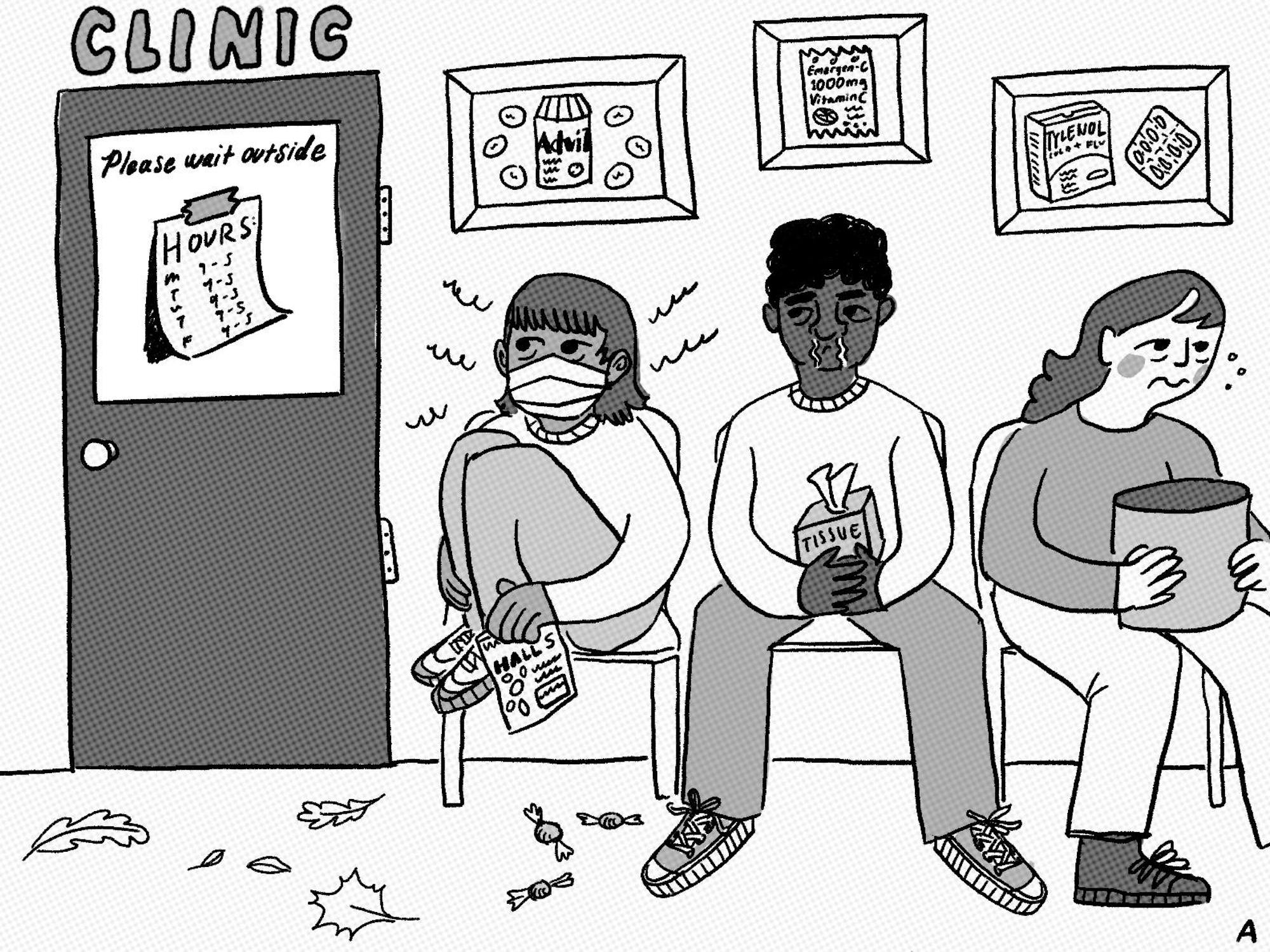As a native Ohioan, the recent statewide referendum that included Issue 1, formally titled “The Right to Reproductive Freedom with Protections for Health Safety,” has been on my mind. The citizen-initiated amendment that passed on Nov. 7 provides the “right to make and carry out one’s own reproductive decisions, including but not limited to decisions” on abortion, contraception, continuing one’s own pregnancy, miscarriage care and fertility treatment. Essentially, this bill has made abortion a constitutional right in the state of Ohio.
Even with these legal protections in place, abortions will remain difficult to access. Abortion care depends on the OB-GYNs who perform the procedure. There are three types of abortions that are performed, and each of them has different indications, risks, benefits and efficacy. There are medication abortions, which involve ingesting two medications (mifepristone and misoprostol). There are aspiration abortions performed by OB-GYNs, which are the most common. Finally, there are dilation and evacuation abortions, and these are reserved for later-term abortions after the 14th week of the pregnancy course.
According to recent national data from the Kaiser Family Foundation, 14% of private practice OB-GYNs provide medication abortions, and only 13% perform aspiration abortions. The rates of abortions performed vary widely based on the state. In states with abortion bans, 30% of practicing OB-GYNs do not refer patients out to other providers and do not offer information about alternative resources. There are a multitude of reasons why there is a shortage of OB-GYNs providing abortion care. One of said reasons is the lack of medical education for both medical students and residents about abortions.
As a medical student myself, I believe that this topic, despite the current political landscape, is a valuable topic to integrate into the medical curriculum. Anecdotally, I had zero required clinical time to learn about abortion in my third year of medical school, a time when students typically leave the classroom setting and work with patients every day. I am certainly not alone in that sentiment, with only 45% of clerkship directors stating that they provided exposure to abortion care in medical school rotations. Approximately 70% of all medical students believe their exposure to abortion care was insufficient.
Even more surprising is the laxity of residency programs when it comes to abortion care, with only half of all programs offering routine abortion training, according to one study. Residencies, especially OB-GYN residencies, should at least train doctors about abortion so that even if they do not provide abortions themselves, they are educated on alternatives and resources for their patients. Additionally, having the skill set to perform abortions improves a resident’s ability in general OB-GYN procedures including dilating the cervix, ultrasonography and gynecological pain management.
The recent passing of Issue 1 in Ohio marks a significant step forward in my state’s abortion rights. However, the difficulty in accessing providers who can provide the service underscores the necessity of comprehensive education within both medical curricula and residency programs. For the constitutional right to have a true impact on reproductive choice, a properly educated healthcare workforce is essential.






